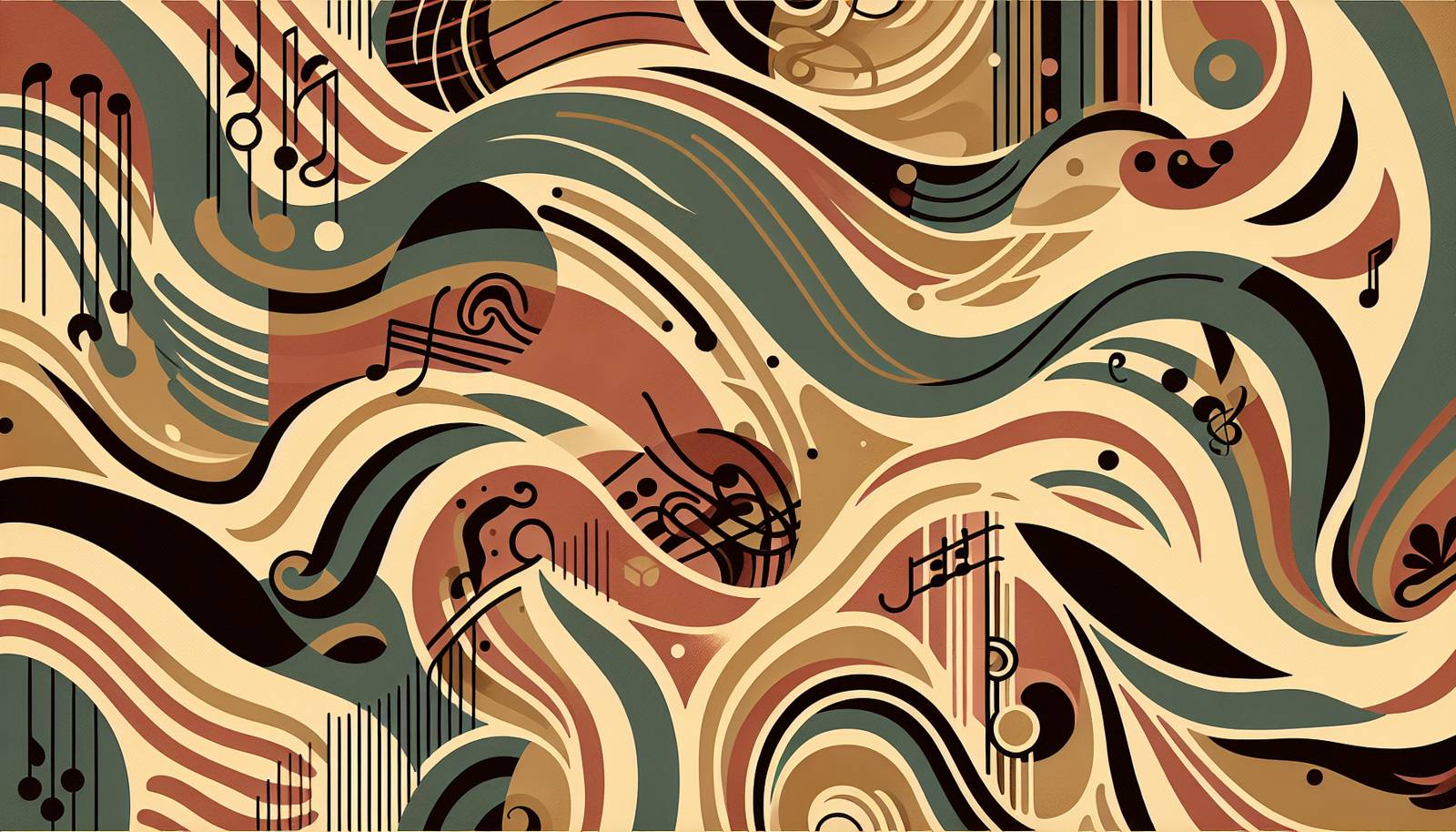
FAQ About The Role of Afro-Cuban Jazz in Cultural Fusion

What is Afro-Cuban Jazz?
Afro-Cuban Jazz is a genre of music that combines elements of jazz with Afro-Cuban rhythms and melodies. This style of music emerged in the early 20th century as a fusion of American jazz and traditional Cuban music, creating a unique sound characterized by complex rhythms, such as the clave, and the incorporation of Cuban percussion instruments.

How did Afro-Cuban Jazz originate?
Afro-Cuban Jazz originated in the 1940s in Havana and New York City. It emerged from the collaboration between Cuban musicians and American jazz artists. Key figures like Dizzy Gillespie and Mario Bauzá played pivotal roles in its development. The genre was born out of a blend of big band jazz with Afro-Cuban rhythms, such as rumba and son.

What are the key characteristics of Afro-Cuban Jazz?
Key characteristics of Afro-Cuban Jazz include the use of complex polyrhythms, especially the Cuban clave pattern. It also features a wide range of percussion instruments like congas, bongos, and timbales. Melodically, the genre often includes references to traditional Cuban music and harmonic structures from jazz.

Who are some notable Afro-Cuban Jazz musicians?
Some notable Afro-Cuban Jazz musicians include Chano Pozo, Machito, Tito Puente, and Chucho Valdés. These artists and others have been instrumental in popularizing the genre, creating a rich legacy of music that bridges cultures.

What instruments are commonly used in Afro-Cuban Jazz?
Common instruments in Afro-Cuban Jazz include traditional jazz instruments like the trumpet, saxophone, and piano, alongside Afro-Cuban percussion instruments such as congas, bongos, timbales, and the guiro. These instruments are crucial for maintaining the distinct rhythm and feel of the music.

How has Afro-Cuban Jazz influenced modern music?
Afro-Cuban Jazz has significantly influenced modern music by introducing a rich array of rhythms and sounds that have permeated various genres, from salsa to contemporary jazz. Its integration of danceable grooves and intricate rhythms has inspired musicians across the globe to incorporate these elements into new compositions.

What role did Dizzy Gillespie play in Afro-Cuban Jazz?
Dizzy Gillespie was pivotal in the development of Afro-Cuban Jazz. In collaboration with Cuban percussionist Chano Pozo, Gillespie helped popularize the genre in the United States. His big band recordings, such as "Manteca," showcased the powerful fusion of jazz harmonies with Cuban rhythms.

Why is the clave rhythm significant in Afro-Cuban Jazz?
The clave rhythm is significant in Afro-Cuban Jazz because it forms the foundational rhythmic pattern that underlies most Afro-Cuban music. The clave serves as a rhythmic guide, ensuring that other instruments and musicians are aligned rhythmically. It is integral for maintaining the characteristic sound of the genre.

How do cultural identities merge in Afro-Cuban Jazz?
Afro-Cuban Jazz merges cultural identities by blending the musical elements and traditions of Afro-Cuban and jazz music. This fusion creates a soundscape where African, Cuban, and American influences are interwoven, reflecting a shared musical heritage and fostering cross-cultural understanding and innovation.

What is the historical significance of Afro-Cuban Jazz?
Afro-Cuban Jazz holds historical significance as a symbol of cultural integration and collaboration across borders. It emerged as a response to the cultural exchanges between the United States and Cuba, enriching both musical traditions and contributing to the global evolution of music genres.

How does Afro-Cuban Jazz differ from traditional jazz?
Afro-Cuban Jazz differs from traditional jazz primarily through its rhythmic structure, which incorporates Afro-Cuban rhythms and instruments. Unlike traditional jazz, which often emphasizes improvisation and swing, Afro-Cuban Jazz infuses these elements with complex, danceable, and percussive rhythms.

What impact did Afro-Cuban Jazz have on the global music scene?
Afro-Cuban Jazz impacted the global music scene by introducing Afro-Cuban rhythms and harmonies into mainstream music. It influenced not only jazz but also genres like salsa, mambo, and even pop, creating a ripple effect that encouraged further musical exploration and fusion worldwide.

What is the connection between salsa music and Afro-Cuban Jazz?
Salsa music shares a deep connection with Afro-Cuban Jazz due to their shared roots in Afro-Cuban musical traditions. While salsa developed as a genre in its own right, it often incorporates Afro-Cuban Jazz elements, such as complex rhythms and instrumentation, contributing to its vibrant, energetic sound.

How did Cuban and American musicians collaborate to develop Afro-Cuban Jazz?
Cuban and American musicians collaborated to develop Afro-Cuban Jazz through cultural exchanges and joint performances. These collaborative efforts, often in cities like New York, allowed artists to share techniques and musical ideas, leading to a fusion that celebrated both jazz improvisation and Cuban rhythmic precision.

What contributions did Mario Bauzá make to Afro-Cuban Jazz?
Mario Bauzá was a Cuban musician who played a crucial role in the creation of Afro-Cuban Jazz. As a bandleader and trumpeter, Bauzá helped pioneer the merging of jazz and Cuban music, working alongside artists like Dizzy Gillespie and helping to popularize Cuban techniques and rhythms in jazz compositions.

How did the socio-political climate affect Afro-Cuban Jazz?
The socio-political climate, particularly the relationship between the United States and Cuba, affected Afro-Cuban Jazz by influencing the flow of cultural and musical exchange. Despite political tensions, artists managed to collaborate and spread the genre, demonstrating the power of music to transcend political barriers.

What are some iconic Afro-Cuban Jazz recordings?
Iconic Afro-Cuban Jazz recordings include "Manteca" by Dizzy Gillespie and Chano Pozo, "Cuban Fire" by Stan Kenton, and "Cuban Fantasy" by Machito and His Afro-Cubans. These recordings capture the essence of the genre, showcasing its rhythmic complexity and cultural fusion.

How do modern musicians incorporate Afro-Cuban elements into their music?
Modern musicians incorporate Afro-Cuban elements into their music by experimenting with rhythmic structures and using traditional Afro-Cuban instruments. They draw inspiration from the genre's dynamic sound to create fresh, innovative blends that may include jazz, pop, and other contemporary styles.

What role do dance and movement play in Afro-Cuban Jazz?
Dance and movement play a significant role in Afro-Cuban Jazz, as the music's rhythms are often designed to complement and inspire dance. The genre's vibrant, percussive beats encourage both structured and improvised dance forms, fostering an energetic and interactive experience for performers and audiences alike.

How has Afro-Cuban Jazz evolved over time?
Afro-Cuban Jazz has evolved over time by expanding its musical boundaries and embracing influences from other genres. It has maintained its core Afro-Cuban elements while adapting to new musical trends, resulting in fresh interpretations and an enduring global impact that continues to inspire musicians.
